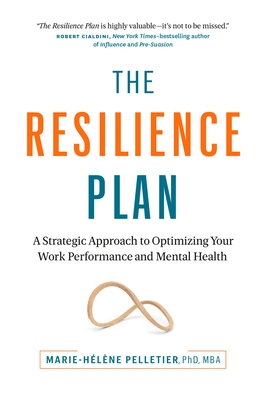
You can think about your overall resilience as a ratio of your supply versus your demands.
Supply refers to the process of increasing your health and energy. These tend to include healthy lifestyle choices, pleasurable activities, and investing time in what you value. A demand is anything that requires energy from you, whether it is something positive that you have wished for or something negative you would rather not have. Examples of demands include planning a wedding or an international trip, as well as resolving a workplace conflict or navigating a divorce. I refer to this as the “supply-demand ratio.” I use “demands” because they are numerous and coming from different sources. Your awareness of all your sources and all the demands within these sources is vital to the success of your strategic resilience plan.
A key to working toward a healthier ratio is having clarity on your overall personal situation. Just telling yourself that you need to meditate (even though you’re right; research supports it) isn’t sufficient to make it happen. Looking to change and increase every aspect of your self-care is unlikely to be enough in a context in which it’s not possible to meet your demands. The key is this: You are missing from your plan.
Given that your overall situation involves both you and your context, in effect, multiple variables, having clarity on your situation is necessary for designing an effective approach. Given that you and your context are complex, your approach likely requires a plan that considers various forces. What we need is to bring together elements from psychology and elements from business strategy.
Resilience is not a given. It’s a strategy. You need a custom, strategic resilience plan. A plan as unique as your DNA. DNA is a molecule inside your cells that contains the genetic instructions that make you, you. You are likely familiar with the image of the double helix that is DNA.
When I began researching symbols in nature that could aid in creating a visual model for strategic resilience, I discovered a surprising symmetry with the elements of my framework. Each DNA molecule consists of two linked strands, much like the sides of a ladder. The rungs on that ladder are constructed from four chemical bases. In your strategic resilience plan, you also have two linked strands: your personal life and your professional life. These are the sides of your ladder. And the four bases that form your ladder’s rungs are your supply, your demands, your values, and your context.
As you create your strategic resilience plan, you will need to gain insight into those bases:
- Your sources of supply—what gives you energy
- Your sources of demands (positive ones included), both in the present and in the future
- Your values—what is most important to you in life
- Your internal and external contexts and how these influence (both support and challenge) your goal of increased resilience
With all this in mind, you’re ready to choose the actions that will make up your strategic resilience plan. If you design your custom workplace mental health plan now, you’ll know how to do this forever.
Here’s the truly remarkable aspect of the DNA molecule model. As I discovered, the helix is a symbol of resilience. In nature, plants form helices to get around any impediment to their growth. In other words, they utilize helices to thrive despite the environmental challenges. This is also what your strategic resilience plan will do for you.
Mallory is a very successful professional and a leader. She told me that she used to love her work but felt that her calendar had gotten out of control, and that had been the case for at least six months. She knew what she should do, but was not doing it. As she consulted with me, everything changed. To her amazement, creating the plan did not take long, and monthly maintenance takes two minutes. Why does it take just two minutes? Because after her initial reflection, she realized precisely and more realistically where her sources of supply and demands were, and the reality of her context, and her values serve as a guide to making choices. She was soon back to her usual energetic self.
“I have clarity,” Mallory told me. “I moved from my endless to-do list to a clean ‘ have to-do list’ and a ‘want-to-do list,’ and I ditched the rest. I implemented my actions, including experimenting with solutions I had previously dismissed that make a material difference, and this is significantly better. I wish I had done this six months ago. It’s great to have this now moving forward.”
With a strategic approach, you can lead your workplace mental health now and into the future, which will have an impact on both your work and personal life. You won’t have to will yourself to move forward. You’ll be better able to navigate even the most unexpected demands. And you will have more resilience to traverse any terrain, on any day.



